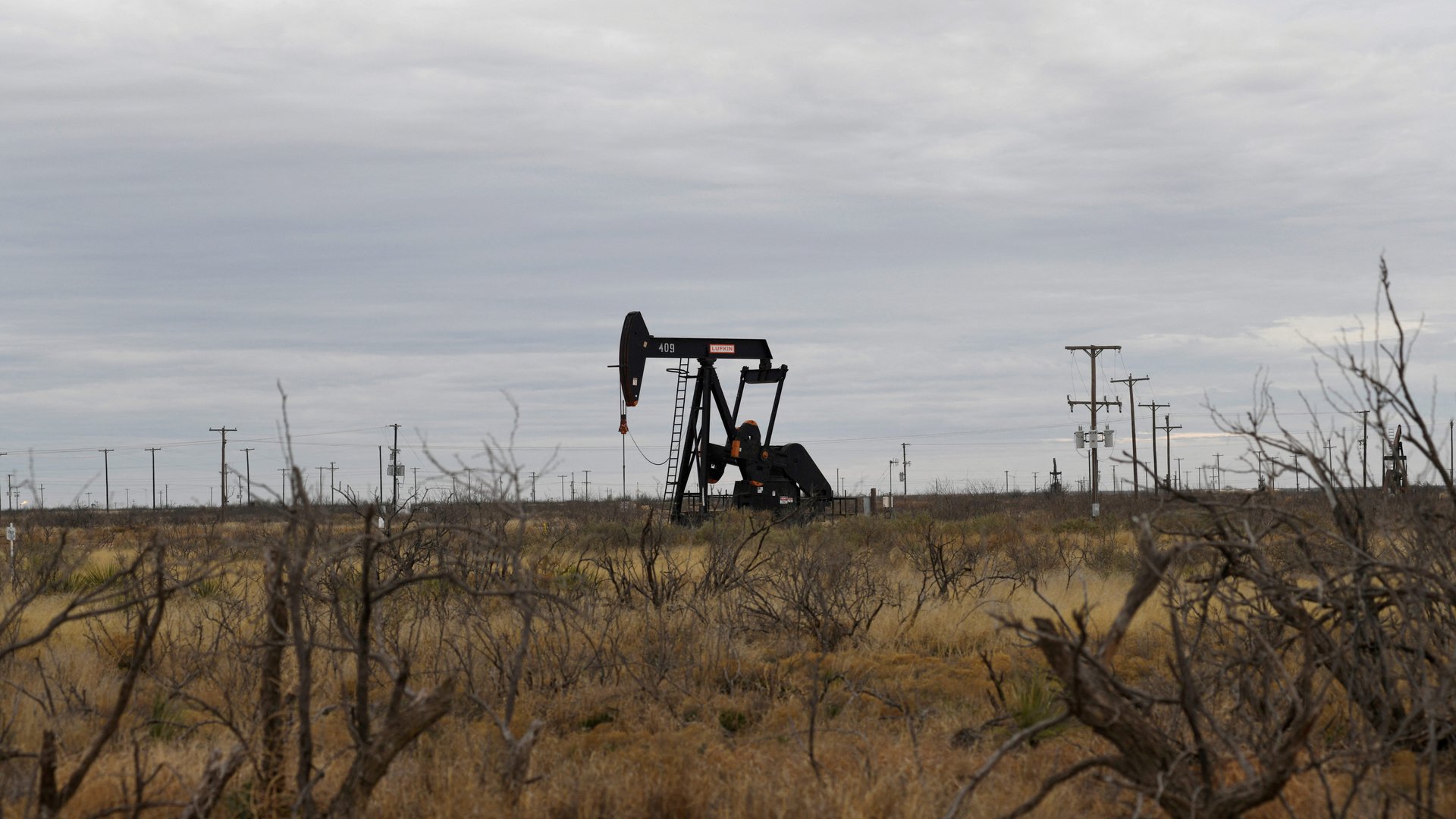Sky-high oil prices are a unique chance to pay for climate action
The price of oil is at its highest point in a decade, over $120 per barrel for Brent crude, the international benchmark. For the climate, that’s mostly good news.


The price of oil is at its highest point in a decade, over $120 per barrel for Brent crude, the international benchmark. For the climate, that’s mostly good news.
At first glance, high prices could be an incentive for oil and gas companies to drill more. But the opposite is happening: Exxon, Chevron, and their peers are using windfall profits to pump up their stock prices and pay dividends to shareholders (despite desperate exhortations from the Biden administration to invest them in drilling). Record-breaking gasoline prices are blunting the sticker shock of electric vehicles, and could speed their adoption. And higher sales revenue from oil and gas means a tax windfall for fossil fuel-producing US states, which could use it to fund programs that clean up legacy pollution and future-proof their economies.
How states should invest their tax windfall
In most states, oil and gas tax revenue feeds the general budget that pays for things like road maintenance and schools. But states benefitting from current outsized demand can seize the moment to bankroll initiatives geared at a post-carbon future.
In Texas, for example, tax revenue from the oil and gas sector was $1.5 billion in May, triple the monthly average of the decade prior to the pandemic (adjusted for inflation).
“Government budgets in oil and gas states are swollen right now,” says Daniel Raimi, an energy policy researcher at think tank Resources for the Future. “These states have experienced booms and busts for decades, but as we look toward the future of reaching net zero emissions we’ll see more busts and fewer booms. There’s a window of opportunity to invest in economic diversification that can help smooth that transition.”
Such initiatives could include post-secondary education in renewable energy engineering and other emerging job markets. They could include cleaning up pollution and sealing off old wells, of which there are an estimated 3.2 million across the US. States could also use this money to buy out aging assets like coal-fired power plants or mines and decommission them. Funds could also be tapped to provide targeted relief for households most affected by high gas and energy bills.
No matter what, Raimi says, some money should be set aside for a future in which oil and gas states can no longer bank on booms. Alaska and Wyoming have large permanent funds fed by oil and gas revenue, but other states, including Texas, Louisiana, Pennsylvania, and Ohio have either no fund or make minimal contributions to it. “Once the resource is extracted, it can’t be extracted again,” Raimi says. “It’s a one-shot deal.”